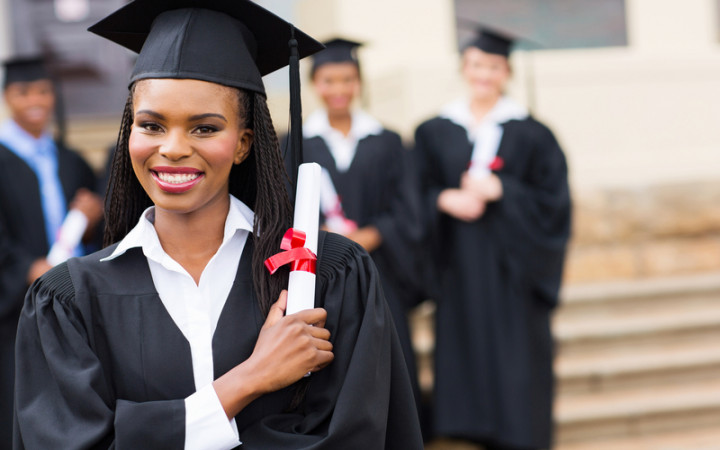Today’s Wonder of the Day was inspired by Lily. Lily Wonders, “Why don't people go to college?” Thanks for WONDERing with us, Lily!
What do TV personality Oprah Winfrey, director Spike Lee, actor Chadwick Boseman, rapper Sean “Diddy” Combs, rapper/actor Common, singer/songwriter Eryka Badu, football wide receiver Jerry Rice, football hall-of-famer Michael Strahan, actor Samuel L. Jackson, gospel singer Yolanda Adams, author Toni Morrison, sociologist and civil rights activist W.E.B. Dubois, poet Langston Hughes, NBA star Sam Jones, tennis star Althea Gibson, Chicago Bears legend Walter Payton all have in common? They all attended HBCUs!
HBCU stands for Historically Black Colleges and Universities. These are schools that were started for Black students before 1964.
Before the American Civil War, Black people could not go to school in the South. In some states, it was a crime to teach an enslaved Black person to read or write. Only a few colleges in the North took Black students, including Cheyney and Lincoln Universities in Pennsylvania. These were two of the first HBCUs.
After the Civil War, segregation kept Black students from attending schools with their white peers. Churches and other groups set up new colleges for Black students. Between 1861 and 1900, about 90 new HBCUs opened. They included Spelman College in Atlanta, Howard University in Washington D.C., and Shaw University in Raleigh.
At first, many HBCU students learned to be teachers, so they could educate the children of formerly enslaved people. Some HBCUs even had their own elementary and high schools. The new teachers had a place to work, and Black children could attend school.
In time, HBCUs trained Black students for other careers. Some colleges focused on vocations such as farming. Others taught theology to prepare people to be preachers.
Four-year universities encouraged Black scholarship. Professors and students did research. They did studies to learn new things and wrote about them. HBCUs made professional journals—a place to publish discoveries—and held lectures to share their work.
HBCUs gave many Black students the freedom to get an education. They could go to schools where they were welcomed. Many important Americans are HBCU alumni. Dr. Martin Luther King Jr., Civil Rights activist and minister, graduated from Morehouse College. Supreme Court Justice Thurgood Marshall went to Howard University. Vice President Kamala Harris attended Hampton University. Congressman and Civil Rights activist John Lewis went to Fisk University. Wilma Rudolph, Olympic Track and Field Champion, attended Tennessee State University.
Today, there are over 100 HBCUs across the United States. Students from any race, ethnicity, or country can go to these colleges. Are you wondering which HBCUs are in your state?
Standards: CCRA.R.1, CCRA.R.6, CCRA.R.10, CCRA.L.3, CCRA.L.4, CCRA.L.5, CCRA.L.6, CCRA.W.1, D2.His.2, D2.His.3, SEL. 3, NCAS.CR.1




